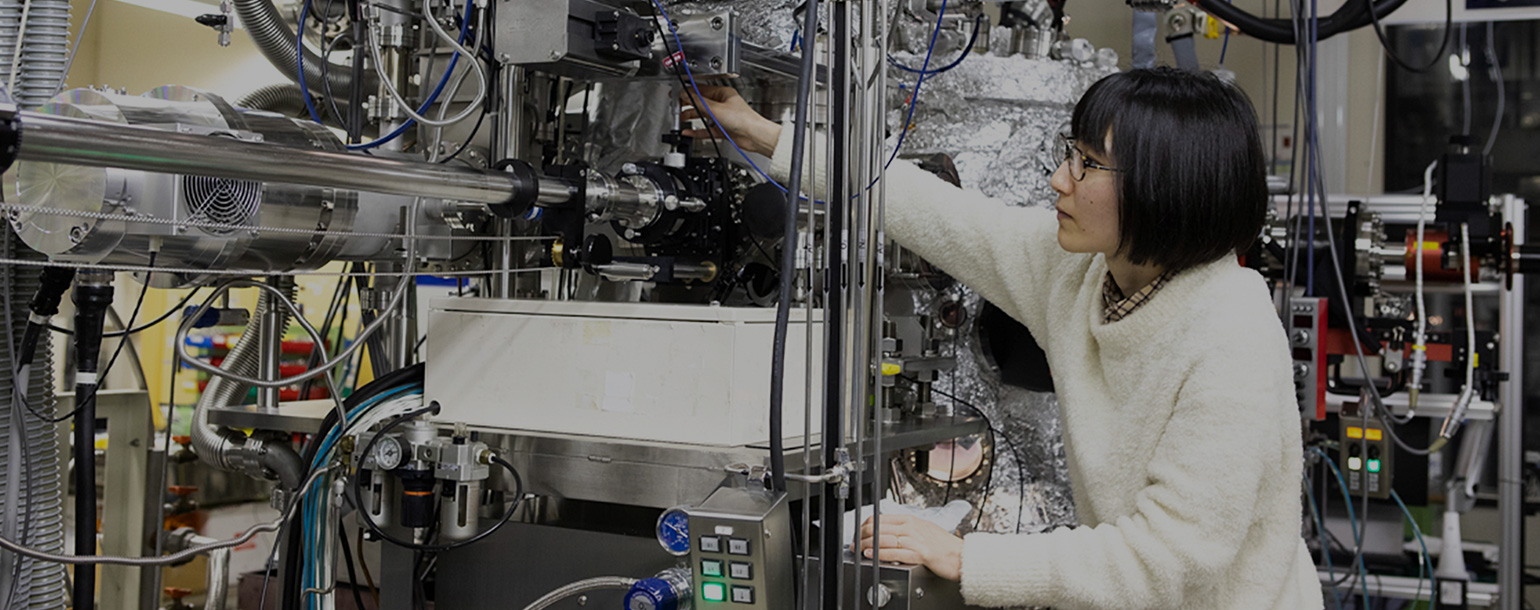
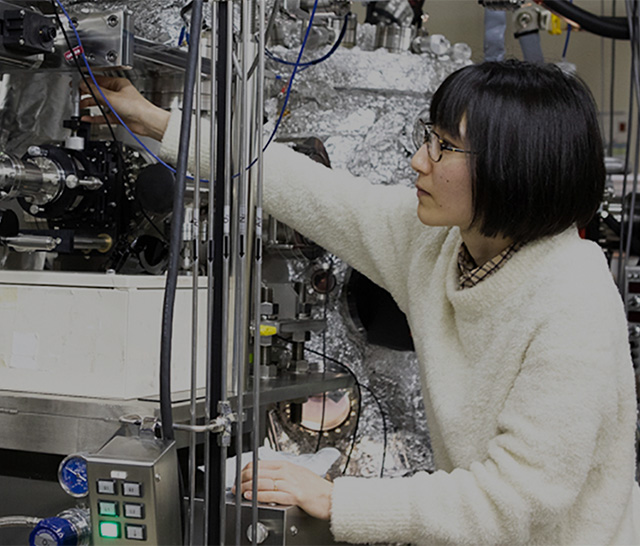
Academic contributions to materials science and opening up the future of communications
One of NTT’s research laboratories conducts research to create new materials and functions by regulating materials on a microscopic scale at the atomic and molecular level. In addition to making academic contributions to the field of materials science using its well-equipped experimental facilities, the research institute is looking into the application of new materials to communication devices in the distant future, which may become the seeds for technological innovation in information and communication technology. This is an area that requires a high level of originality and perseverance in research on the part of individual researchers, as they are faced with the task of creating entirely new materials and functions.
Stimuli and wide-ranging knowledge
from strongly motivated researchers
Tomoe Ogawa, who is working on the creation of new nanocarbon materials, says, "We create new materials, evaluate their crystal structures and physical properties, and find ways to apply them. To continue research consistently means to tread a very long road, but if you stay diligent in your daily efforts, the results will follow." The research environment is full of stimuli from daily discussions with strongly motivated, well accomplished researchers who are working on their individual research topics armed with extensive knowledge of past scientific findings in their field.
Ai Ikeda, who aims to create a completely new high-temperature superconductor material that does not exist in nature by using thin-film synthesis techniques, describes the environment at NTT Laboratories as follows.
“In our experiments, we consider all possibilities, but it is impossible to try them all. In times like these, discussions with other researchers sometimes lead to unexpected choices, and even unexpected successes. With professional researchers around me and an excellent research environment, I am able to stay focused on my goals without getting distracted.
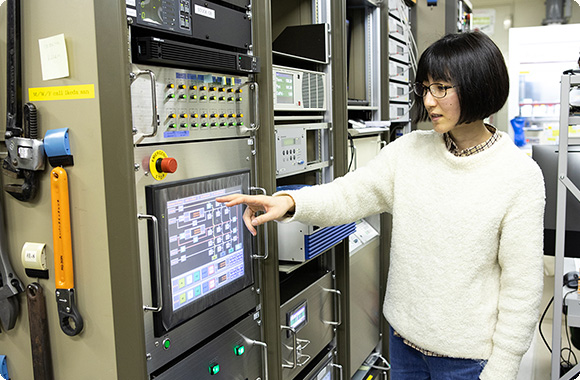
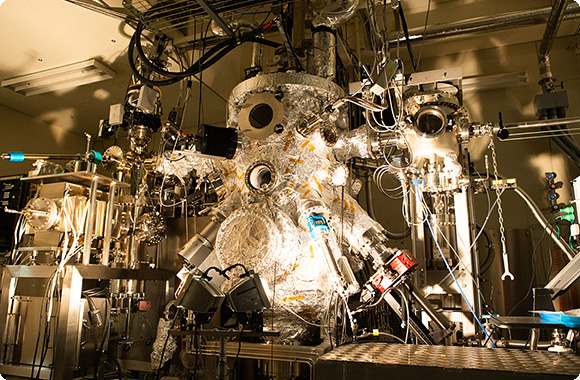
Venturing into uncharted territory
Wang Shennan, from China, is working on the creation of materials with new functions and properties from atomic layer materials such as graphene, which are only one to a few atoms thick.
“Each material has a unique structure and properties. Recently, I found out that changing the direction of superposition of even the same atomic layer material creates a new structure with different properties. For example, a material that is not supposed to have superconductivity can be transformed into a superconducting material by superposition.”
However, in the minute world of atomic layers, where materials are only a few tens of micrometers on one edge and a few nanometers thick, it takes a lot of trial and error to accurately fabricate a target structure.
“NTT Laboratories is home to many researchers, all of whom are experts in their respective fields, and who engage in open discussions with each other. Stimuli from those around me tend to widely broaden my often one-sided perspective, enabling me to gain a three-dimensional view of the whole picture.
Yuki Wakabayashi is working on the creation of new magnetic materials by using machine learning and other methods.
“I am applying machine learning, which I acquired during my training at the Communication Science Laboratories, in various experimental methods to fabricate magnetic oxides and explore their physical properties. I am determined to produce highly innovative results by creating new magnets and investigating their properties, such as new magnetic materials that can generate magnetic force even at extremely high temperatures.
By combining knowledge not only within the Basic Research Laboratories, but also across laboratories, we will carry out highly original research. Since we are venturing into unchartered territory, what will guide us in the path ahead is a creativity that emanates from embracing diverse viewpoints.
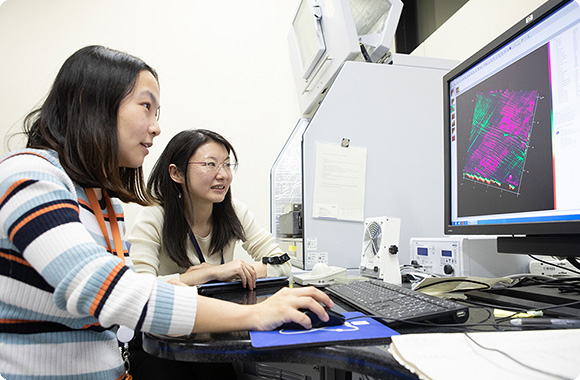
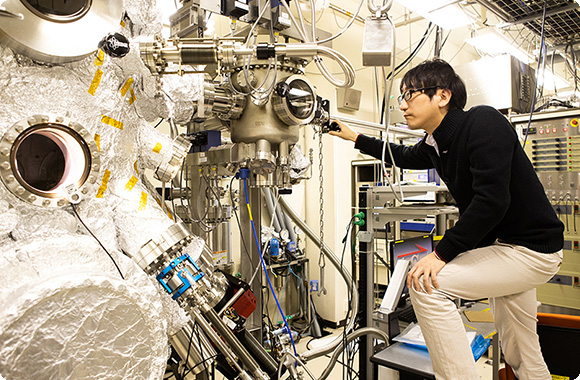
Exhibiting individuality in a free environment
Researchers at the Basic Research Laboratories are making the most of their uniqueness to produce highly novel research results. NTT Laboratories has many unique strengths, such as the diversity of its researchers and an environment that encourages individuality.
“One of the characteristics of our department is that we have many foreign researchers. We carry out discussions in English on a regular basis, so I feel that I have not only improved my English skills, but I have also become more assertive when speaking the language. The environment makes it easy to break away from the Japanese tendency to overthink things, and to just go ahead and give things a try.” (Wakabayashi)
The "best thing is FREEDOM!” Being able to decide my research theme by myself and to set my own goals is a wonderful thing. Maintaining interest in your research topic is important in pursuing research. Here you can pursue your interests, so you can continue to enjoy what you are doing” (Wang)
“The best thing about this place is the luxury of the environment. As long as you clearly communicate the need for new equipment, you can receive research funding for it. I feel that it is also a luxury to be able to take on challenges without being constrained by short-term results.” (Ogawa)
“The caliber of researchers around me is high, and the environment is complete, so I am able to enjoy doing research. However, it does not mean it’s always fun. I feel that NTT Laboratories is a place where I can experience the joy of reaching that bright light that lies ahead of working hard and not giving up on doing what needs to be done.” (Ikeda)
Being able to walk down their chosen paths using the methods they believe in, i.e., being in this kind of environment where they can take on new challenges while embracing their individuality as researchers is precisely why they are able to create the materials of the future at world-class standards.
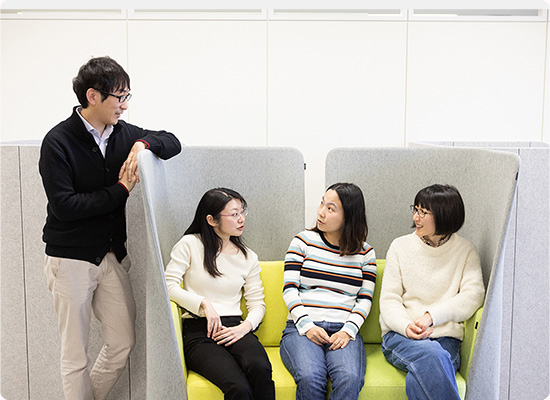
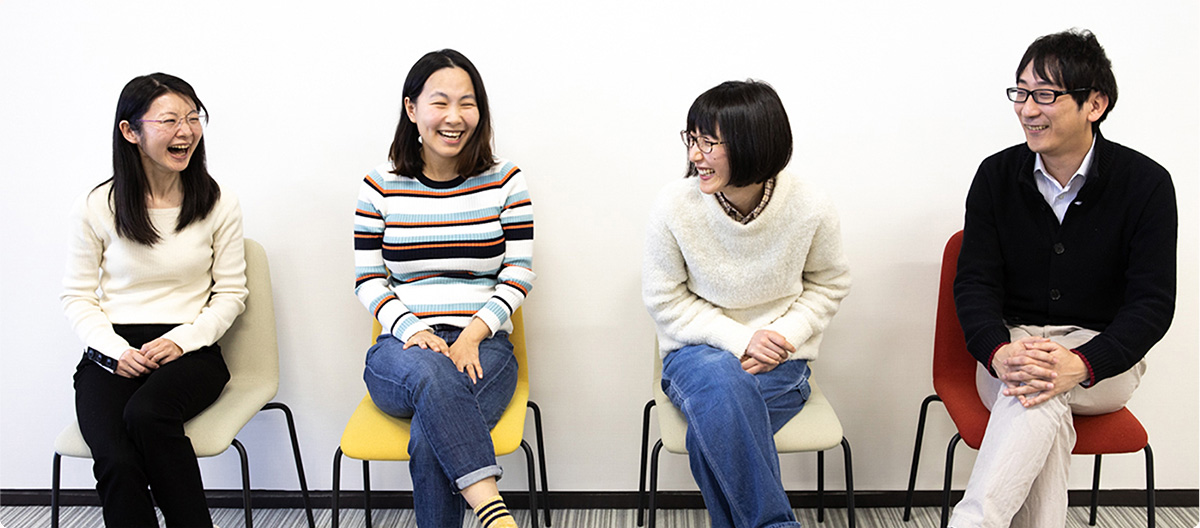
※The names of research institutes and affiliate organizations of employees in the article are current at the time of the interview. Some may be old names of research institutes.


